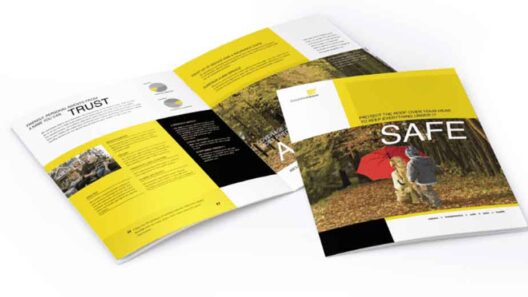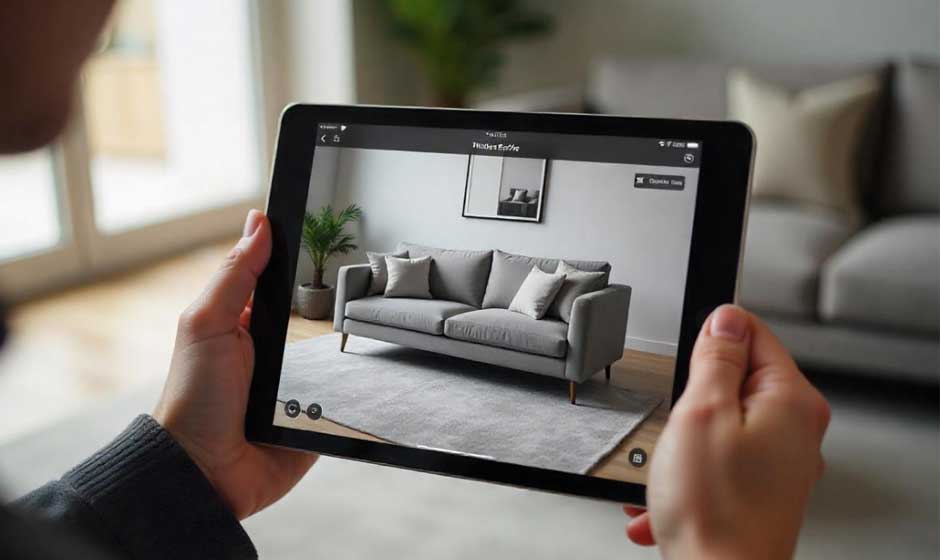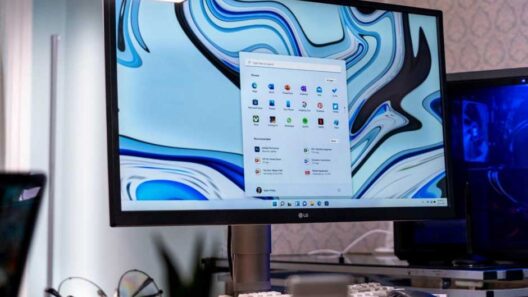In a digital shopping landscape defined by convenience, competition, and consumer expectations, one trend is rapidly transforming how we buy online: personalized product visualization. No longer content with static product images and generic descriptions, today’s online shoppers want to see, interact with, and even co-create the products they’re considering — in real time. E-commerce brands are now racing to deliver immersive customization tools that elevate the user experience and deepen customer engagement. From sneakers to sofas, leading solutions for product visualization are empowering shoppers to personalize products and see those changes instantly, right on the product page.
Why Visualization Matters More Than Ever
The importance of visualization in online shopping can’t be overstated. In brick-and-mortar stores, customers rely on physical touch, spatial awareness, and real-world lighting to make purchase decisions. E-commerce removes those senses, so brands must compensate with technology that bridges that gap.
This is where personalized product visualization becomes a game-changer. It blends 3D modeling, augmented reality (AR), and real-time rendering with customization tools that give shoppers agency. The result is an experience that mimics — and sometimes surpasses — in-store interaction. According to a 2024 report by Deloitte, e-commerce sites with robust visualization tools saw up to a 40% increase in conversion rates and a 60% decrease in product returns. That’s not just a user experience improvement; it’s a bottom-line booster.
The Mechanics of Customization and Visualization
At the core of personalized product visualization are tools that let users modify a product’s attributes — color, size, texture, accessories, materials — and instantly see the results. This interactivity is powered by:
- 3D Configurators: These are web-based tools that display products in three dimensions, allowing customers to rotate, zoom, and explore. More advanced versions let users swap components and view changes in real time.
- Augmented Reality (AR): AR takes visualization to the next level by placing the product in the user’s environment through a smartphone camera. IKEA’s AR app, for instance, allows shoppers to place true-to-scale furniture in their homes, helping them gauge fit and style.
- Real-Time Rendering Engines: Technologies like WebGL and Three.js provide smooth, interactive visuals without the need for downloads. These engines are often the backbone of modern customization tools.
- AI-Powered Personalization: Some platforms use artificial intelligence to predict what customers might want to change or suggest designs based on previous behavior, thereby streamlining the customization process.
Use Cases Across Industries
- Fashion & Footwear
Nike’s “By You” customization platform is a benchmark in sneaker personalization. Users can choose colors for each part of the shoe, select materials, and even add personal messages. Visualization is fast, seamless, and mobile-friendly, making the UX as dynamic as the product itself. - Furniture & Home Decor
Brands like Wayfair and Houzz integrate AR tools that let shoppers visualize how products fit in their space. Meanwhile, companies like Lovesac offer modular couch configurators that allow users to build, style, and preview configurations in real time. - Automotive
Car brands have long embraced visual configurators. Tesla’s online showroom lets users build a custom vehicle with different paint colors, wheels, and interiors, then view it from every angle. This interactivity adds emotional engagement to a high-stakes purchase. - Eyewear & Beauty
Virtual try-ons are transforming these sectors. Warby Parker’s AR tool lets users try on frames virtually, while brands like Sephora use facial mapping to apply cosmetics in real time through the user’s camera.
Benefits for Retailers
Beyond improved UX, personalized visualization has several strategic advantages for retailers:
- Increased Conversion Rates: Shoppers are more likely to purchase when they can see the exact product they’re customizing.
- Reduced Returns: Visualization helps set accurate expectations, decreasing the gap between perceived and received products.
- Customer Loyalty: Giving users the ability to co-create products increases emotional investment and brand affinity.
- Data Insights: Tracking customization patterns can reveal consumer preferences and guide product development.
Challenges and Considerations
Despite its potential, personalized visualization isn’t without hurdles. The technology requires significant investment in infrastructure, including high-quality 3D models, optimized web performance, and mobile responsiveness. It also demands a user-centric design approach — too many options can overwhelm rather than engage.
Security and performance are also key concerns. Tools must load quickly and perform seamlessly across devices, or risk frustrating users. Furthermore, implementing these features requires close collaboration between design, development, and marketing teams.
Tools Powering the Revolution
Several leading solutions for product visualization:
- Zolak: An AI powered visual commerce platform focused on the furniture sector, Zolak provides immersive 3D virtual showrooms, real time product configurators, photorealistic rendering, and AR placers. It allows users to explore furniture in realistic room settings and customize finishes, colors, and layouts — all integrated seamlessly into e commerce sites.
- Threekit: Offers a comprehensive platform for 3D configuration, AR, and virtual photography. Used by major brands like Crate & Barrel and TaylorMade.
- Zakeke: A plug-and-play solution that allows small to mid-size e-commerce stores to integrate 3D product configurators and AR visualization without complex development.
- Cylindo: Specializes in 3D visuals for furniture, focusing on speed, realism, and scalability.
- Sketchfab: Enables the hosting and display of interactive 3D models, which can be embedded into product pages.
These tools are driving the democratization of high-end visualization tech, making it accessible to more brands than ever before.
The Road Ahead
As computing power grows and technologies like AI and spatial computing mature, the line between virtual and physical shopping will continue to blur. Expect to see hyper-personalized experiences where users not only customize products but do so in collaborative virtual showrooms, share designs with friends, or even 3D-print their creations.
Leading solutions for product visualization are the new standard for customer engagement in e-commerce. Brands that embrace this evolution now will not only meet the demands of modern consumers but lead the charge into a more interactive, immersive, and individualized digital retail future.













